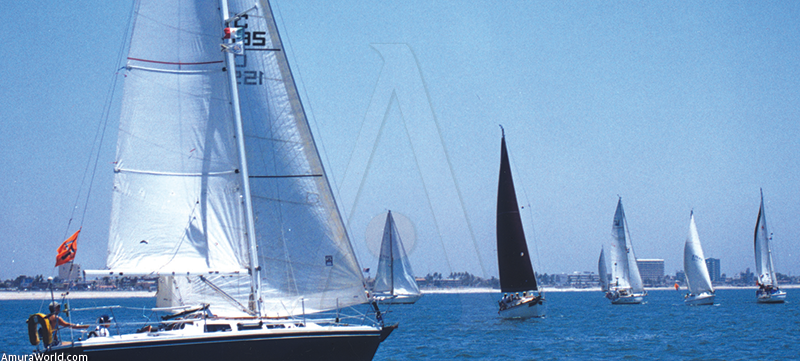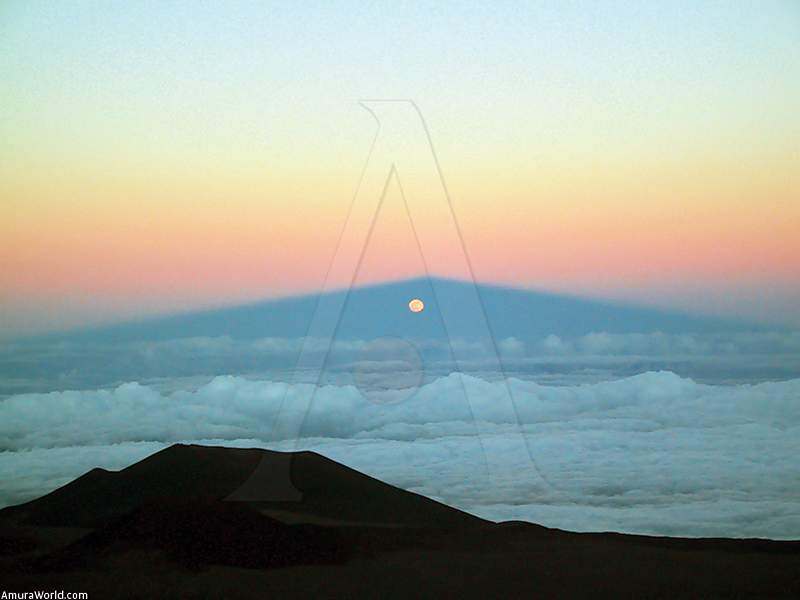On board
The Racing Rules of Sailing includes two main sections. The first, Parts 1 to 7, contain the rules that affect all competitors. The second, appendices A to P, provides details of rules, that apply to particular kinds of racing, and rules that affect a small number of competitors or officials.
A Basic Principle Sportsmanship and the Rules
- Competitors in the sport of sailing are governed by a body of rules that they are expected to follow and enforce. A fundamental principle of sportsmanship is that when competitors break a rule they will promptly take a penalty, which may be to retire.
Part 1
Fundamental Rules. Safety
1.1 Helping Those in Danger. A boat or competitor shall give all possible help to any person or vessel in danger.
1.2 Life-Saving Equipment. A boat shall carry adequate life-saving equipment for all persons on board, including one item ready for immediate use, unless her class rules make some other provision. Each competitor is individually responsible for wearing personal buoyancy adequate for the conditions.
2.0 Fair Sailing. A boat and her owner shall compete in compliance with recognized principles of sportsmanship and fair play. A boat may be penalized under this rule only if it is clearly established that these principles have been violated. A disqualification under this rule shall not be excluded from the boat’s series score.
3.0 Acceptance of the Rules. By participating in a race conducted under these racing rules, each competitor agrees to (a) to be governed by the rules; (b) to accept the penalties imposed and other action taken under the rules, and (c) with respect to such determination, not to resort to any court or other tribunal not provided in the rules.
4.0 Decision to Race. The responsibility for a boat’s decision to participate in a race or to continue racing is hers alone.
Treasures
- Seas and oceans help to stop global warming because they serve as a big filter or ecological drain. It is calculated that marine waters absorb 2,000 million tons of carbon dioxide, one of the major gases produced by the greenhouse effect.
- Eighty per cent of the substances that contaminate the seas and have modified its composition are generated on land. Each year, millions of tons of garbage are thrown into the waters and just what is filtered by refineries adds 200,000 tons of petroleum to the oceans.
- A form of life was found in the deepest part of the planet, at a depth of about 11 kilometers (6.8 miles). Japanese scientists discovered a type of marine organisms called “foraminifera”, a type of plankton. They are, along with bacteria, the most abundant living creatures in the sea.
- During its fattening period, the Blue Whale gains 90 kilos ( 198 lb) daily. Every day it eats three tons of krill in 24 hours and, when this period ends, it will have consumed 500 tons of these two inch crustaceans.
- The biggest mountain in the world is under the sea. It is Hawaii’s Mauna Kea volcano, and it measures 10,203 meters (6.34 miles) from its foot to its peak, even though only 4,213 meters (2.61 miles) are above the sea.
- The bottom of the sea is the world’s sixth nuclear power, according to data from a non-governmental organization involved with ecological protection. Data provided by ecologists point out that, due to fires, shipwrecks, collisions and other accidents, there are at least nine nuclear reactors and 50 atomic heads lying on the sea bed.
Text: Amura ± Photo: Mario Ramírez, W


